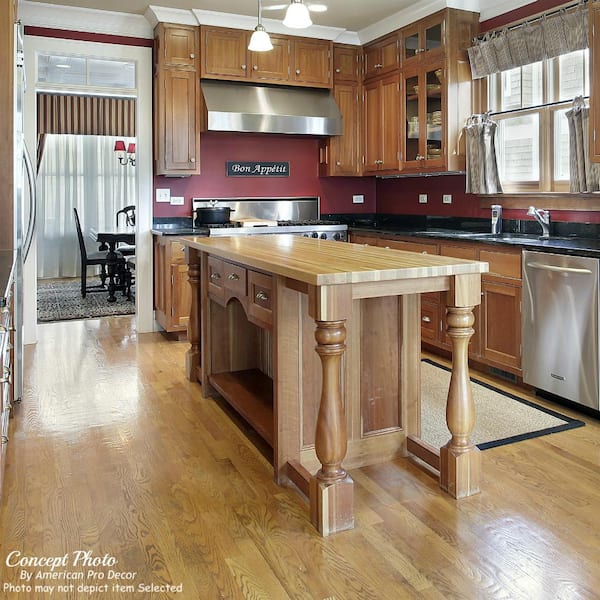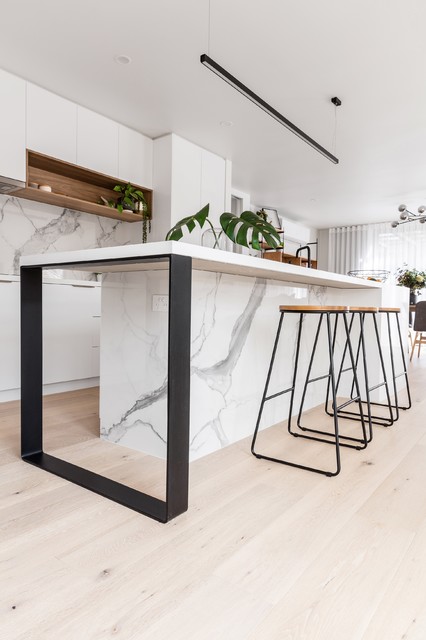Vital Tips for Choosing the Perfect Kitchen Island Leg for Your Home
Vital Tips for Choosing the Perfect Kitchen Island Leg for Your Home
Blog Article
Top Considerations When Selecting a Kitchen Area Island Leg for Modern Cooking Area Interiors
In the world of contemporary kitchen area interiors, the selection of a kitchen area island leg is pivotal, affecting both visual appeals and performance. Trick factors to consider include the option of materials that integrate with contemporary layout, along with the leg's security and assistance to make sure enduring efficiency. In addition, elevation and percentages need to be thoughtfully reviewed to preserve a cohesive appearance. As these elements link, they raise even more questions regarding how to attain the ideal balance between design and usefulness, leaving one to consider the ramifications of each choice on the overall kitchen area experience.
Material Choices
When it concerns picking a kitchen island leg, material selections play an essential function in both visual appeals and performance. kitchen island leg. The most typical products consist of wood, metal, and composite alternatives, each offering distinct benefits and prospective disadvantages
Wood is preferred for its warmth and classic allure, offering a timeless look that enhances numerous kitchen designs. It is highly versatile, permitting modification in terms of shades and finishes. Nevertheless, wood may need even more upkeep to prevent bending or damages from moisture.
Metal, on the various other hand, brings a industrial and modern-day panache to cooking area islands. Stainless-steel and wrought iron are preferred options, recognized for their sturdiness and resistance to put on. They can endure the roughness of everyday use however may do not have the heat related to wood.
Composite products, such as engineered wood or artificial blends, supply an equilibrium between rate, sturdiness, and appearances. These alternatives are often made to simulate the look of all-natural materials while giving resistance to spills and scratches.
Eventually, the choice of material must align with the general cooking area style and planned use, ensuring that the kitchen area island leg is both practical and visually enticing.
Design And Style
The design and design of a kitchen area island leg considerably contribute to the general aesthetic of the space, complementing the selected material. When selecting the leg design, think about the architectural design of the cooking area. As an example, smooth, minimal legs constructed from stainless steel or acrylic harmonize with contemporary layouts, while ornate, turned timber legs enhance typical or farmhouse aesthetic appeals.
Additionally, the surface of the leg can affect the aesthetic effect; a sleek chrome or matte black finish might stimulate contemporary elegance, while troubled wood speaks to rustic appeal. The leg's shape also plays a vital role-- right, angular kinds communicate a more commercial feeling, whereas conical or bent legs present a softer, more inviting appearance.
Incorporating decorative elements, such as embellishments or carvings, can add individuality and character to the cooking area island, more enhancing its duty as a prime focus. Eventually, the selected leg design need to not just line up with the total kitchen design yet likewise reflect the home owner's personal preference, making sure that the kitchen area island ends up being a functional and harmonious centerpiece within the contemporary kitchen inside.
Height and Proportions
Attaining the best height and percentages for a cooking area island leg is essential for both performance and aesthetic appeals. Kitchen islands typically range in height from 28 to 36 inches, depending upon their meant usage-- whether as a cooking surface, dining area, or office. Criterion countertop height is roughly 36 inches, making it crucial that the legs you pick enhance this height to offer a seamless, incorporated look.
Percentages additionally play a vital duty in the aesthetic equilibrium of the kitchen. A slender leg might be ideal for a contemporary or minimalistic island, while a more significant leg might be needed for rustic or conventional styles.
When picking the elevation and percentages of the kitchen island leg, remember the general layout motif of your kitchen. This attention to information not just boosts the functionality of the room but likewise adds to a natural and visually enticing interior decoration.
Stability and Support
Regularly ensuring security and support in kitchen island legs is essential for both security and capability. A well-constructed kitchen island must stand up to everyday use, including weight from devices, food preparations, and social celebrations. The option of legs must focus on durable materials and styles that can give adequate assistance.
When evaluating security, consider the leg's material-- steel, wood, or aluminum commonly use remarkable toughness contrasted to lighter choices. In addition, the style must include a broad base to disperse weight equally and decrease the threat of wobbling or tipping. For instance, legs developed pop over to this site with an A-frame or cross-bracing can dramatically boost stability.

Integrating these considerations will certainly not just improve the overall security of the cooking area area yet also improve the durability and capability of the kitchen island, making it an important centerpiece discover this in modern kitchen area interiors.
Completing Touches
When it involves finishing a kitchen island, thoughtful completing touches can significantly improve both its aesthetic appeal and functionality. Selecting the best leg style is critical, but complementing it with suitable details can change the entire area. Consider adding ornamental aspects such as toe kicks or baseboards that match the kitchen cabinetry or flooring to produce a smooth look.

A natural shade combination and product option will certainly boost the cooking area island, making it a fascinating focal point. By paying focus to these ending up touches, property owners can produce a kitchen area island that is both practical and attractive, providing to their way of life and design preferences.
Final Thought

In the world of modern cooking area insides, the selection of a cooking area island leg is critical, influencing both appearances and performance.The style and layout of a kitchen island leg considerably contribute to the total visual of the room, enhancing the selected product.Attaining the best height and percentages for a kitchen island leg is crucial for both functionality and looks.Continually making sure security and support in kitchen island legs is crucial for both safety and performance.In summary, picking a kitchen area island leg for modern interiors requires careful factor to consider of material choices, design style, elevation, percentages, and stability.
Report this page